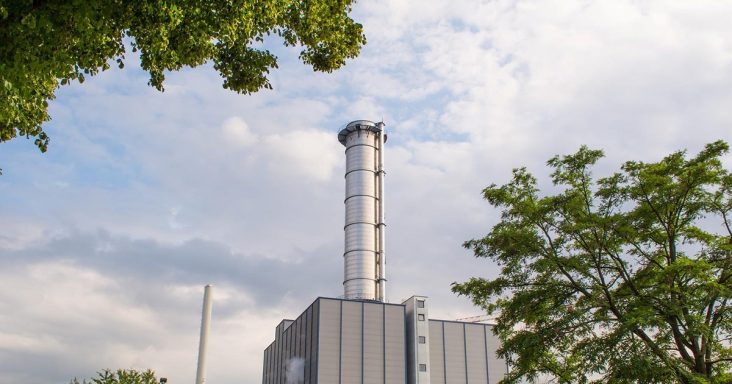Natural gas power plants generate record electricity levels in July
by August 25, 2022 3:32 pm 964 views

The amount of electricity produced from coal continues to fall, while the amount made from natural gas hits record highs, according to the U.S. Energy Information Administration (EIA).
On July 21, electric power generated by natural gas-fired power plants reached 6.37 million megawatts-hours. New record highs also were set on July 18 and 20. Despite high natural gas prices, demand for natural gas for electricity generation was strong throughout July because of above-normal temperatures, recent natural gas-fired capacity additions and reduced coal-fired electricity generation.
U.S. electricity demand typically peaks in the summer because of demand for air conditioning, and July ranked as the third hottest on record in the United States. Before this year, the previous daily peak for natural gas-fired electricity generation happened on July 27, 2020, when natural gas prices were historically low.
From July 2020 to July 2022, the Henry Hub natural gas price increased from an average of $1.77 per million British thermal units to $7.28 per million British thermal units. Typically, higher natural gas prices reduce the fuel’s competitiveness with other sources, especially coal.
This summer, however, coal-fired plants have been used less than in past summers. Coal consumption has been limited as coal-fired plants continue to be retired, coal prices have been relatively high, and coal stocks were lower than average at power plants. In May, coal inventories at power plants were an average of 20% lower than prior-year levels.
Over the past 10 years, the amount of electric power produced from coal fell to a 46-year low of 773,393 gigawatt-hours in 2020. In 2021, U.S. coal-fired generation increased by 16% to 898,679 gigawatt-hours, but the EIA expects “a continued move away from coal.”
The decline in U.S. coal-fired generation can be mostly attributed to coal-fired plants becoming uneconomical compared to other sources of fuel for electric power. As a result, nearly one-third of the U.S. coal-fired fleet has been retired since 2008, leaving about 205,000 megawatts in operation as of June.
Meanwhile, over the past decade, about 62 gigawatts of combined-cycle gas turbine capacity have been added. The increased number of combined-cycle gas turbines in use has led to efficiency gains and fewer conversion losses, allowing more electricity to be generated from the same amount of natural gas.
To be more competitive in the electric power market, some coal-fired plants are adding natural gas-fired generations to their coal-fired capacity (a fuel-flexible plant), according to the EIA. The flexibility has allowed the plants to respond better to market conditions by burning the fuel that is most economical at the time.
In the past five years, 13 U.S. thermal plants were converted to fuel flexible. The 13 plants have a total generating capacity of 16,522 megawatts. Between 2018 and 2020, their share of natural gas use rose from 10% to 38%. The rise in natural gas share peaked when natural gas prices fell to low levels in 2020.
As natural gas prices started to rise in the winter of 2021, coal’s share of generation at the plants exceeded 80%. Still, when natural gas prices spiked, the plants’ share of natural gas use rose into 2022. According to the EIA, this might’ve been because coal-fired plants could not adequately restock their coal stockpiles during the fall and winter months of 2021 and 2022.
In 2021, coal inventories at U.S. power plants fell by 24% and had not been replenished by early 2022. The lack of inventory could be attributed to flat coal production in early 2022, along with reports of delays in coal deliveries to power plants.
